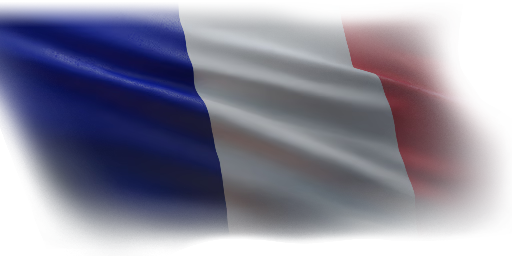
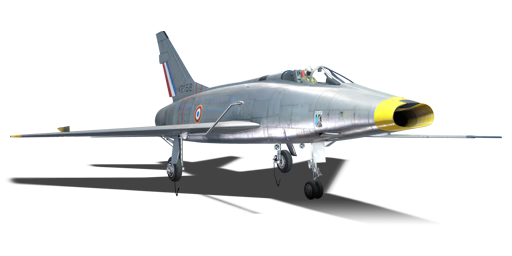


The French Air Force was the first non-US air force to receive the F-100 Super Sabre, beginning in 1958. A total of 85 F-100Ds and 15 F-100Fs were delivered to France and assigned to the NATO 4th Allied Tactical Air Force. More famously, the French F-100s flew combat missions from bases in France against targets in Algeria. When France withdrew from NATO's military command structure in 1967, deployed F-100s were transferred to bases in France vacated by the USAF. The last unit to use the F-100 was the 4/11 Jura Squadron, based in Djibouti, which retained the F-100 until 1978.
The French F-100D was introduced in Update 1.93 "Shark Attack". At first glance it appears to be a direct copy of the F-100D found in the US tech tree, but looks can be deceiving. The French F-100Ds were tuned more towards ground attack, lacking most of the air-to-air avionics found on the American version, and were also downgraded for export, meaning they lack the AIM-9Es as well as some of the more advanced air-to-ground ordnance (such as the AGM-12 Bullpup) available to the American F-100D. However, thanks to its ground attack-oriented role, the French F-100D does have one unique advantage: the large-calibre Zuni rockets, which the American F-100D was not cleared to carry. The aircraft is best flown as a boom-and-zoom fighter in the air-to-air role, but it performs best as CAS in mixed ground battles.
flaps
flaps
flaps
brake
| Belt | Belt filling | Armor penetration (mm) at a distance: | |||||
|---|---|---|---|---|---|---|---|
| 10 m | 100 m | 500 m | 1000 m | 1500 m | 2000 m | ||
| HEF-I/HEF-I/API-T/AP-I | 42 | 37 | 23 | 13 | 7 | 4 | |
| HEF-I/API-T/AP-I | 42 | 37 | 23 | 13 | 7 | 4 | |
| HEF-I/HEF-I/HEF-I/API-T/AP-I | 42 | 37 | 23 | 13 | 7 | 4 | |
| API-T/AP-I/AP-I | 42 | 37 | 23 | 13 | 7 | 4 | |
| HEF-I/HEF-I/HEF-I/AP-I | 42 | 37 | 23 | 13 | 7 | 4 | |
| Name | Weight | Slot | ||||||
|---|---|---|---|---|---|---|---|---|
| 19 × | 229.6 kg |  |  | |||||
| 19 × | 233.7 kg |  |  | |||||
| 362.4 kg |  |  |  |  |  |  | ||
| 401.4 kg |  |  |  |  |  |  | ||
| 4 × | 280.3 kg | 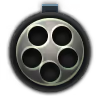 |  | |||||
| 446.8 kg | 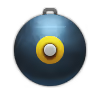 |  |  |  | ||||
| 72.6 kg |  |  | ||||||
| 2 × | 145.1 kg | 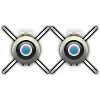 |  | |||||












Flight performance | |
|---|---|
Survivability |
|---|
Weaponry | ||
|---|---|---|